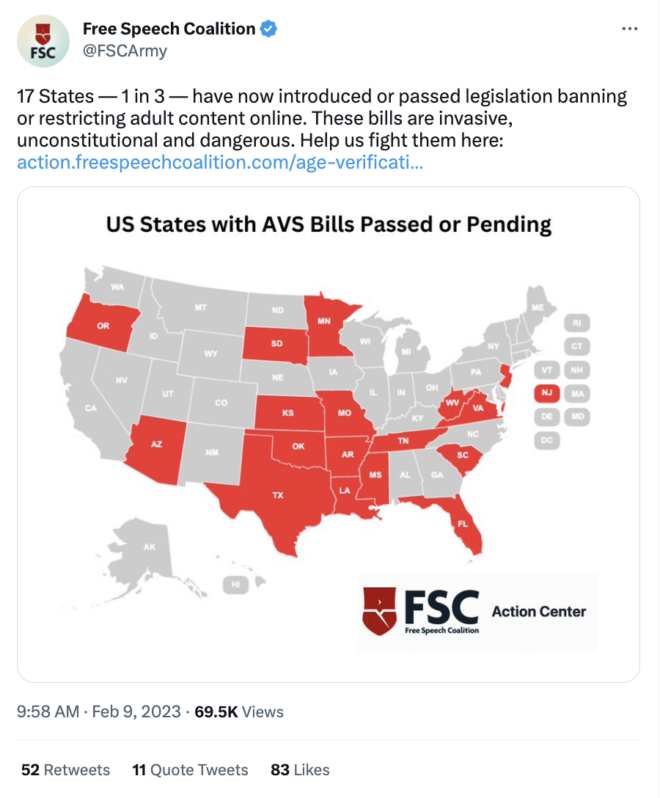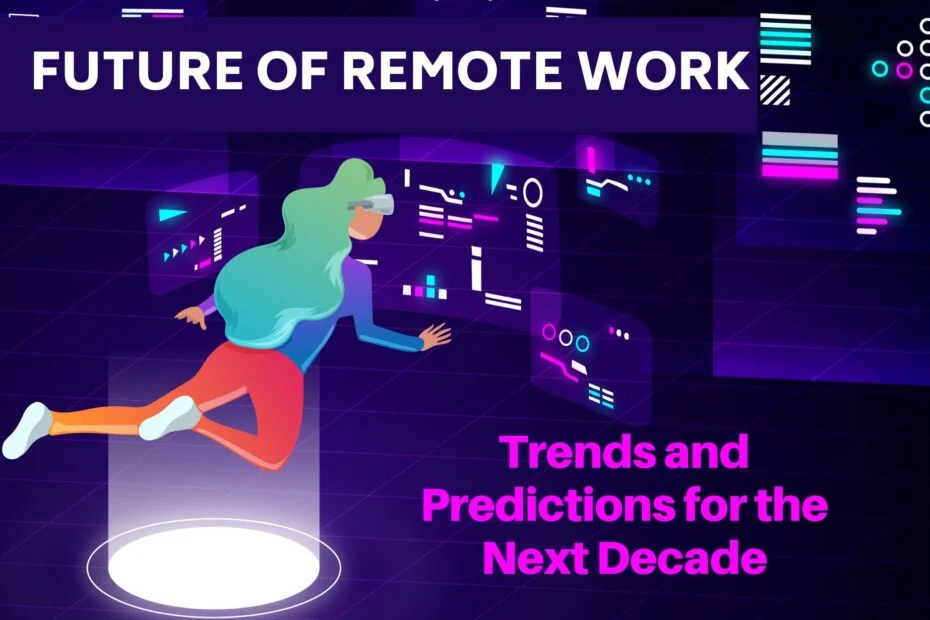Age verification porn laws have become a crucial topic in recent legal discourse, as the Supreme Court contemplates the balance between protection for minors and First Amendment rights. With children gaining instant access to graphic online pornography through various devices, states like Texas are taking a stand by implementing stringent age-verification regulations. This legislative push reflects broader concerns about children’s access to inappropriate content and aligns with similar measures for online gambling and alcohol purchases. As the Supreme Court reviews these challenges, the implications of age verification could reshape online porn regulation and set a precedent for future 1st Amendment pornography cases. Legal experts warn that the outcome may significantly impact how society addresses the growing issue of minors encountering explicit materials online.
The legal landscape surrounding online adult content is undergoing significant transformation as age restrictions are being reinforced to safeguard younger audiences. Laws mandating age verification for pornographic websites aim to restrict children from encountering adult material, echoing previous regulations for other age-sensitive purchases. This evolving approach to online content regulation reflects societal shifts regarding the exposure of children to potentially harmful material and raises questions about the efficacy of current filtering technologies. As policymakers adapt to the digital age, there are growing arguments concerning how best to balance free speech and child protection. Ultimately, these developments signify a pivotal moment in the ongoing debate over responsible internet use and access to explicit content.
Understanding Age Verification Laws in Online Pornography
Age verification laws have emerged as a crucial response to the increasing accessibility of online pornography, particularly among minors. With the advent of smartphones and digital media, children can potentially encounter graphic and explicit material at an alarming rate, leading to concerns from parents and legislators alike. The recent Texas age verification law exemplifies this trend, enforcing strict measures to ensure users are at least 18 years old before accessing adult content. This legal framework represents an essential step in regulating the digital landscape, aiming to protect children from the harmful effects of premature exposure to such content.
The Supreme Court’s deliberation over these laws indicates a significant shift in judicial attitudes towards online porn regulation. Historically, decisions guided by the 1st Amendment have limited the state’s ability to impose restrictions on adult content. However, with the latest advancements in technology, considerations for the welfare of children have prompted the court to reassess these precedents. States like Texas, supported by other Republican-led legislatures, underscore the urgency of adopting age verification systems, which they argue are as necessary and established as age restrictions for purchasing alcohol or tobacco online.
Implications of the Supreme Court’s Decision on Age Verification
The potential ruling from the Supreme Court regarding age verification laws could have far-reaching implications for both consumers and the adult entertainment industry. If the court upholds the Texas age verification law, it may set a precedent for more states to adopt similar regulations, fundamentally altering the landscape of online pornography accessibility. This could lead to more stringent age checks across various adult sites, fundamentally shifting how content is consumed on the internet. Proponents argue that this will create a safer virtual environment for children, while opponents worry about privacy concerns and a possible chilling effect on free speech.
Justice Barrett’s comments during the proceedings highlighted a critical perspective on the effectiveness of current protective measures, such as filtering software. While meant to serve as barriers to children’s access to pornographic material, these tools have proven to be largely ineffective. The Supreme Court’s decision could reshape these narratives, pushing for legal frameworks that support more reliable age verification systems. As technology continues to evolve, it may demand that legislation adjusts accordingly, ensuring that children’s exposure to pornography is minimized, and that adults’ rights to access content are preserved.
Historical Context of Age Verification and 1st Amendment Challenges
The history of age verification in relation to pornography reveals a complex legal battle involving the 1st Amendment and the rights of states to enact protective measures for minors. Courts have traditionally applied strict scrutiny to laws that regulate sexual expression, resulting in substantial limitations on states’ abilities to impose restrictions on adult content. The landmark decisions from the early 2000s illustrate the balancing act between protecting free speech rights and shielding children from harmful materials. As technology has drastically changed the consumption of pornography, state interests have increasingly focused on establishing effective age verification systems.
With a growing body of evidence highlighting the negative impact of early exposure to pornography on young individuals, the Supreme Court’s forthcoming decisions may usher in a new era of legislative authority that allows states to prioritize child protection. While the 1st Amendment remains a pillar of U.S. democracy, it appears that there is a renewed acknowledgment of the need for specific regulations in contexts where the risks to children are evident. As seen through the ongoing discussions in the court, the legal landscape surrounding pornography is evolving, reflecting both societal concerns and technological advancements.
First Amendment and the Future of Pornography Regulations
The interplay between the First Amendment and pornography regulation has long been a contentious issue in the courts. Traditionally, adult content has enjoyed significant protection under free speech rights, leading to challenges against various state and federal attempts to regulate it. However, as the Supreme Court grapples with the implications of widespread online access to pornography, a potential shift in legal interpretation appears to be on the horizon. Justices are expressing a growing comprehension of the unique challenges posed by modern technology, particularly regarding children’s access to explicit content.
If the Supreme Court decides to endorse age verification laws, it could signal a departure from the prevailing judicial view that prioritized free speech over child protection concerns. Such a ruling could effectively reshape the conversation around the legality of adult content, particularly in how states can craft laws aimed at mitigating the risks posed to children. By embracing the notion that internet platforms must take responsibility for age verification, the court could facilitate a framework where children’s safety is prioritized, thus setting a critical precedent for future online content regulations.
The Role of State Legislation in Online Porn Regulation
State legislation has become increasingly proactive in addressing the challenges of online porn regulation, particularly as discussions about child safety and access to explicit material gain momentum. The Texas age verification law marks a notable attempt to create boundaries in an otherwise unregulated digital environment, serving as a model for other states considering similar measures. Legislative efforts by states across the U.S. reveal a shared concern that existing federal standards may not effectively defend against the risks posed to young audiences in the digital age.
By advocating for laws that mandate age verification for pornographic websites, states are taking assertive steps to ensure that children are shielded from the risks associated with inappropriate content online. These legislative measures not only underscore the urgency of protecting minors, but also reflect a shift towards accepting that the digital landscape necessitates new regulatory approaches. As states band together to support such measures, a collective movement is emerging that prioritizes the safeguarding of children while navigating the complexities of free speech challenges in the realm of adult content.
Impact of Technology on Access to Pornography for Minors
The rapid advancement of technology has dramatically transformed how children access and consume pornography, raising serious concerns about the implications for their mental and emotional well-being. The ease of obtaining explicit content via smartphones, tablets, and gamer systems has rendered traditional barriers ineffective. As highlighted in the discussions within the Supreme Court, this technological evolution has necessitated a reevaluation of approaches to protect children from online pornography. The once straightforward task of enforcing age restrictions has become challenges in an age of instantaneous access.
With statistics showing that elementary school children are regularly exposed to pornography through various online platforms, the urgency for effective regulation cannot be overstated. States like Texas are responding with legislation aimed at establishing clear protocols for age verification, recognizing the need to evolve alongside the shifting digital landscape. As more families struggle with the ramifications of easy online access to pornography, there is a growing necessity for protective measures that keep pace with technological advancements, ensuring children are shielded from harmful content.
The Intersection of Free Speech and Child Protection
The debate surrounding free speech and child protection in the context of pornography regulation amplifies the complexities of the issue at hand. The First Amendment provides robust protections for adult content, yet advocates for children’s safety argue that these protections should not extend to materials that could have harmful effects on minors. As the Supreme Court considers the implications of newly proposed age verification laws, this tension presents a uniquely challenging dilemma: how to respect individuals’ rights to free expression while ensuring the protection of vulnerable populations.
The intertwining of free speech arguments with the reality of children’s access to harmful content necessitates a nuanced legal framework. Advocates argue that it is essential to create a legal environment where the state can justify limits on certain expressions that may endanger minors, especially in a digital age where boundaries blur more than ever. The outcome of such discussions will likely shape future approaches to porn regulation, balancing constitutional rights with the imperative to safeguard children from potentially damaging experiences.
Nationwide Trends in Age Verification and Regulation
As more states evaluate the necessity of age verification for pornography websites, a nationwide trend is emerging that prioritizes child protection in digital spaces. With Texas leading the charge, other Republican-led states are adopting similar measures, creating a patchwork of laws that collectively aim to curb minors’ access to adult content. This upsurge in legislative action underscores the seriousness with which lawmakers are approaching the implications of unregulated access—fueled by alarming statistics that show many children encountering online pornography far too early.
In light of the potential Supreme Court ruling on these laws, the nationwide trends could lead to a cohesive effort to implement age verification systems across states. By establishing concrete guidelines that all jurisdictions can follow, the focus can shift toward a standardized approach to protecting children online. This collective momentum among states not only reflects a commitment to child safety but also reinforces the ongoing dialogue about the responsibility of adult content platforms to adopt safer practices alongside consumer access.
Child Welfare in the Age of Digital Pornography
As internet usage among children continues to rise, the conversation around child welfare in the context of digital pornography becomes increasingly urgent. The exposure of young audiences to online explicit content raises significant psychological and societal concerns, leading to a growing demand for effective legislation that restricts access. The emotional and cognitive repercussions of early exposure to sexual material can be profound, necessitating proactive efforts from lawmakers, parents, and digital platforms alike to create a safer online environment.
Legislation such as the Texas age verification law symbolizes a proactive stance aimed at shielding minors from harmful online content. By enforcing age checks that effectively block underage access to pornography, the intent is clear: protecting children’s mental health and fostering responsible digital habits. As society becomes more aware of the dangers posed by unrestricted access to explicit content, the ongoing development and implementation of protective measures will be crucial in promoting child welfare and enabling healthier interactions with technology.
Frequently Asked Questions
What are the new age verification porn laws and how do they affect online pornography access?
The new age verification porn laws, such as the Texas age verification law, require pornographic websites to confirm that users are 18 years or older before granting access. This legislation aims to reduce children’s access to online pornography, reflecting a significant shift in the approach to online porn regulation.
How does the Supreme Court view state-enforced age verification for online porn?
The Supreme Court appears to lean in favor of state-enforced age verification for online porn, indicating that they are prepared to uphold laws like the Texas age verification law. This reflects a recognition of the increased accessibility of pornography to children in the digital age.
What challenges do age verification porn laws face regarding the First Amendment?
Challenges to age verification porn laws often cite the First Amendment, as seen in various pornography cases. Advocates for the adult entertainment industry argue these laws might suppress free speech by imposing burdens on adult users who would need to verify their identity to access content.
What is the rationale behind the push for age verification laws related to children accessing pornography?
Proponents of age verification laws argue that the prevalence of online pornography poses significant risks to children, with many being exposed at a young age. By enforcing age limits, states aim to create barriers that protect minors from potentially harmful content.
How do Texas age verification laws compare to historical anti-pornography measures?
Texas age verification laws represent a modern approach to regulating online pornography, paralleling older anti-pornography measures that restricted access based on age in physical venues like bookstores and theaters. This evolution acknowledges the dramatic technological changes and the accessibility of online content.
What technologies support the implementation of age verification in pornography access?
Technologies that support age verification in pornography include secure online verification systems that allow users to confirm their age without directly interacting with the pornographic website. This aims to balance user privacy with the enforcement of age limits.
Why do some states support age verification for pornographic websites?
Twenty-three states, particularly those led by Republican officials, support age verification for pornographic websites as a means to protect children. They see these regulations as essential in combating the widespread availability of explicit material to minors.
What has been the impact of age verification laws on adult pornography consumers?
While age verification laws aim to protect minors, there are concerns that they may deter adult consumers from accessing legal porn due to privacy concerns related to the verification process. Critics argue this could have a chilling effect on legitimate adult access to pornography.
How does age verification relate to the wider issue of online content regulation?
Age verification laws, including those pertaining to online pornography, are part of a broader movement towards stricter online content regulation. These laws reflect ongoing discussions about the balance between free speech, user privacy, and child protection in the age of digital media.
What are the potential consequences if the Supreme Court sides with state age verification laws?
If the Supreme Court upholds state age verification laws, it could set a significant precedent allowing states to impose similar regulations on online pornography, potentially leading to stricter controls and a reevaluation of First Amendment protections related to adult content.
| Key Points | Details |
|---|---|
| Supreme Court Case | The Supreme Court is deciding if states can enforce age limits on porn websites. |
| Texas Age-Verfication Law | Texas has enacted an age-verification law requiring porn sites to confirm users are 18+. |
| Support from Other States | 23 other Republican-led states support similar age-verification measures. |
| Technological Changes | The Chief Justice noted that access to online pornography has dramatically increased. |
| Ineffectiveness of Filtering Software | Justice Barrett highlighted that existing filtering software is ineffective against children’s access. |
| Legal Challenges | The adult entertainment industry is challenging the law on 1st Amendment grounds. |
| Varied Opinions of Justices | Justices expressed differing opinions on the effectiveness and implications of age-verification laws. |
Summary
Age verification porn laws are being closely examined by the Supreme Court to determine their constitutionality and effectiveness. With an alarming increase in children’s access to explicit content online, states like Texas are taking protective measures to enforce these regulations. The shift in technology usage demands a reevaluation of previous legal frameworks regarding children’s exposure to online pornography, demonstrating a critical intersection between the First Amendment and child safety.



